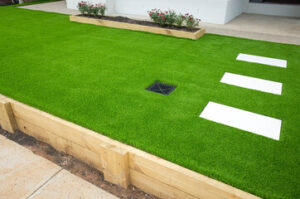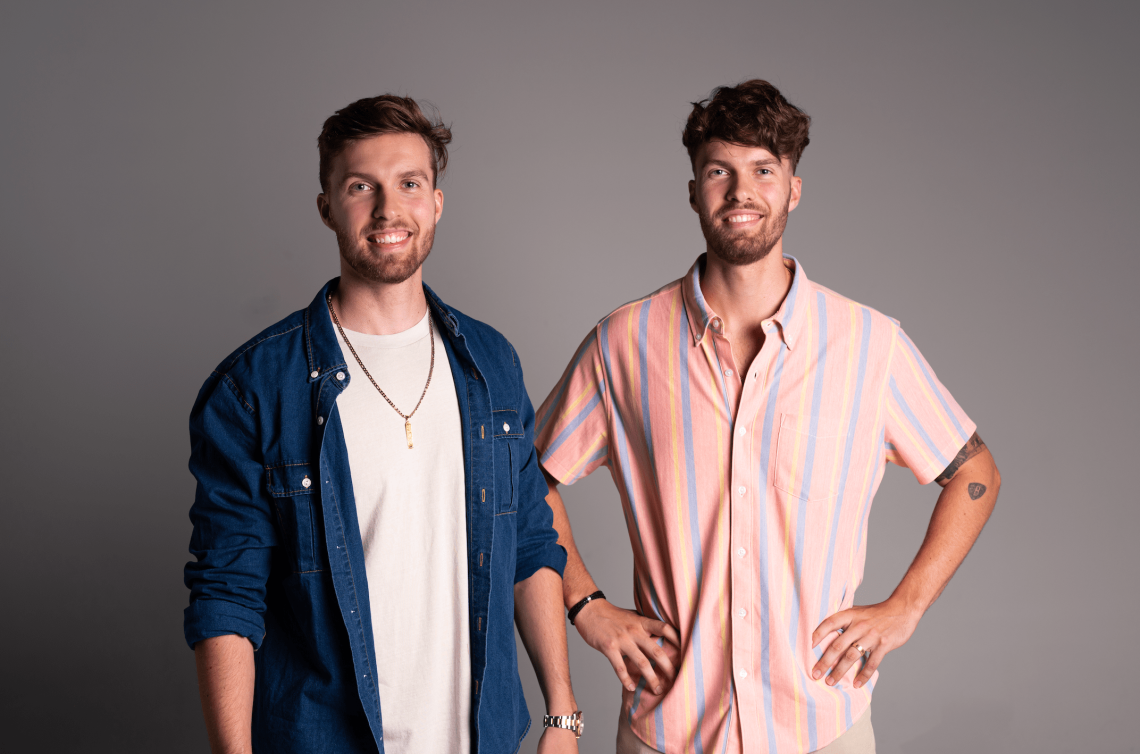Artificial turf has come a long way in recent years, and manufacturers now make it look surprisingly realistic. However, it’s only the answer for some.
Artificial turf is plastic, degrades into microplastics, and washes away during rain runoff, polluting waterways and contributing to trash TMDLs. Additionally, it lacks the vital ecosystem services of living landscapes, including carbon dioxide absorption. Read https://vantaoutdoors.com/artificial-turf/ to learn more.

Artificial turf saves gallons of water and eliminates the need for gas-powered mowers, trimmers, and weed killers. That makes it ideal for drought-prone regions. It also reduces the risk of soil erosion and pollution from fertilizers and pesticides, which may run off into local waterways and harm fish, birds, and other plants.
Many homeowners find the hassle of maintaining a natural lawn overwhelming, especially during dry weather. Mowing, fertilizing, and weed control require much time and money. In addition, watering the lawn during drought conditions can deplete precious water resources in areas where it’s needed more than a homeowner’s yard.
As a result, many homeowners are turning to synthetic grass to avoid the high costs and maintenance of a traditional landscape. Artificial grass comes in various colors, thicknesses, and shapes to mimic specific grass species. Typically, yarns are made from polyethylene, polypropylene, or nylon, the latter being the most expensive and durable. The choice of a particular thread is often based on the desired aesthetics and durability and the amount of sun and shade the lawn will receive.
Synthetic turf can be used for various purposes, from carpeting urban rooftops and balconies to covering large backyards or golf course greens. It’s a popular option for homeowners with difficult-to-reach places in their yards that would make growing traditional grass impossible, such as on steep slopes and sandy areas. The most realistic products have even been designed to look like natural grass’s mottled coloration and shape.
The most important benefit of artificial turf is its ability to cut a household’s water usage significantly. The average person uses 83 gallons of water daily for outdoor water use, 60-70% of which is used on lawns and other landscaping. Installing synthetic turf can save up to tens of thousands of gallons of water annually.
The plastic bits of artificial turf that eventually break off and wash into waterways can be ingested by sea life, causing illness and death. They can also contribute to the trash TMDL and increase stormwater compliance costs. In addition, crumb rubber (used in some artificial turf) contains PAHs, carcinogens linked to cancer in professional athletes exposed over long periods.
Synthetic turf comprises plastic grass blades, a plastic backing that holds the edges in place, and an infill that weighs down and helps the blades stand upright. Until recently, this infill was always made of recycled car tires called crumb rubber. Independent and Environmental Protection Agency testing has revealed that this infill contains dangerous chemicals that leach into the ground. These chemicals include styrene-butadiene rubber, polycyclic aromatic hydrocarbons, and 11 other known or suspected human carcinogens.
These chemicals have been found to interfere with normal body functions, including the immune and endocrine systems. In addition, research has shown that these chemicals are toxic to animals. Children and young adults are especially vulnerable to harmful exposures from artificial turf surfaces due to their developing organ systems, faster metabolisms, and immature detoxification mechanisms. Studies have also shown that they breathe faster at rest and produce more surface area per weight of their bodies than adults, resulting in greater inhalation of the volatile chemicals off-gassed from these fields.
The toxicity of synthetic turf has been further compounded by the discovery of a class of chemicals called PFAS. These chemicals are resistant to breakdown in the environment and the human body and have been linked to several serious health conditions, including low birth weights, reduced immune function, and liver damage. The PFAS used in the production of most synthetic turf has been discovered to be extremely toxic and is now being phased out in the United States.
Athlete injuries have also been linked to the use of artificial turf, and a recent study in Connecticut found that students on turf fields are more likely to suffer from abrasions than those on natural grass. These abrasions can allow bacteria, such as MRSA (a strain of staph infection resistant to many antibiotics), to enter the skin and cause infections. In addition, several studies have found that students on turf fields are likelier than those playing on natural grass to pick up molds and mildew that can cause respiratory illness.
Synthetic turf lawns are constructed from several different materials depending on the product. It is important to choose a high-quality product for the best durability. The primary backing is made from woven polypropylene fabrics that keep the grass fibers locked in place and resist stretching. The secondary support is a polyurethane coating that gives the turf stability and durability. Look for a back weight of at least 26 oz.
Three types of yarn are used to make artificial turf: polyethylene, nylon, and polypropylene. These yarns have a specific balance between durability, aesthetics, and softness. The type of infill (sand, silica mixtures, or pea gravel) also affects the softness and durability of a turf lawn.
Infill is poured between the blades of artificial grass and has two primary purposes: it helps the grass stand up and provides drainage for water. Some infills are odor-reducing and can help prevent stains. It is important to rake artificial lawns regularly, especially in high-traffic areas, to dislodge any compacted infill and “fluff up” the blades. It is also a good idea to rinse off natural debris and pet waste regularly to avoid unwanted odors, germs, and bacteria.
10-year or longer warranties back the most durable turf products and have a life expectancy of up to 25 years. However, a lot depends on the quality of your installation and maintenance. A poor-quality turf will wear down faster, requiring replacement more often. That is why it is important to work with a company that specializes in installing artificial grass and can provide you with a warranty that will give you peace of mind.
Unlike natural grass, artificial turf doesn’t require water and is not affected by drought or flooding. It is a great choice for arid regions where water conservation is key. Artificial turf can also be installed over rocky or clay soil, making it the perfect choice for urban landscapes where water is scarce and limited space is available. However, artificial grass may increase runoff and floodwater pollution because the turf and its base prevent infiltration, causing rainwater to flow untreated into storm drains, carrying dirt, trash, fertilizer, and automotive chemicals into coastal waterways and the ocean.
While artificial turf saves on water consumption, reduces environmental impact, and grants homeowners time for other activities, it requires maintenance to keep it looking its best. That includes clearing the grass of debris, rinsing regularly, and brushing the turf on a regular basis with a non-metal rake to preserve its fibers. These routines can help the grass retain its beauty and functionality for years.
Spills and stains should be cleaned up as soon as possible to avoid them from sinking into the synthetic turf infill. You can use the same cleaning products inside your home to remove most stains on your faux lawn. You may need an acetone-based solvent for more serious colors, like crayons, motor oil, or gum. Call your lawn maintenance specialist if you need help deciding what product to use.
Pets can urinate on the fake grass, but this should be rinsed immediately to avoid staining the turf. It is also a good idea to pick up any solid waste to reduce odors around the yard.
In addition to preventing stains and spills, you should wash your synthetic lawn once a week with a diluted cleaner. That can help clean up pet urine and prevent odors from lingering.
You can also remove weeds by hand or with a weed killer. If you notice any weeds popping up, it is important to pull them promptly to prevent them from growing into the grass and damaging your landscaping. Using a physical weed barrier, such as landscape fabric, is also a good idea to keep the weeds from coming up through the fake turf.
Artificial turf is a great choice for homes with children or pets or people with pollen or dust allergies. It requires less upkeep than natural grass, but it still needs to occasionally be cleaned of odors and debris. If you follow a routine of clearing the grass, rinsing regularly, and brushing regularly, your faux turf will look beautiful and stay functional for a long time.



 They started by publishing eBooks on Kindle. Then they turned those books into audiobooks on Audible. This method quickly brought in a thousand grand a month! Read on
They started by publishing eBooks on Kindle. Then they turned those books into audiobooks on Audible. This method quickly brought in a thousand grand a month! Read on